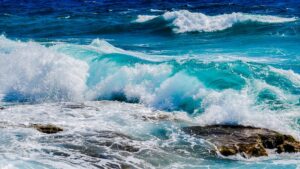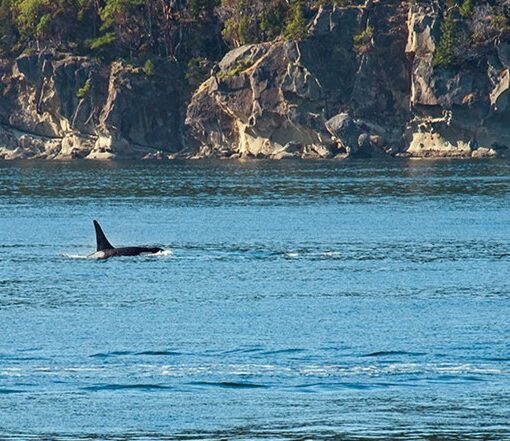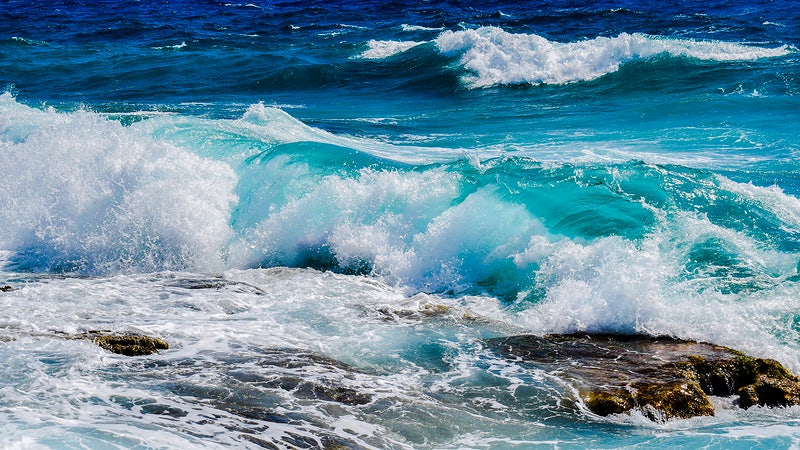
Despite scientists’ dire warnings about the impacts of climate change, the anthropogenic greenhouse gas emissions that cause it continue to increase. The atmospheric concentration of carbon dioxide—the most commonly emitted greenhouse gas—is now higher than at any time in at least the last 800,000 years and likely several million years. Emissions reductions are essential but will not be enough to stave off the worst effects of climate change. It will also be necessary to remove carbon dioxide from the atmosphere. Natural carbon sinks, such as the ocean, already do this but are not able to keep pace with current emissions. Scientists have proposed various techniques to enhance ocean carbon dioxide removal (CDR). Further research, including in-ocean testing of different approaches, is needed to fully evaluate their benefits and risks. The Sabin Center, with the support of Ocean Visions, is launching a new project to develop model federal laws that would function to facilitate such research.
The legal framework for ocean CDR is complex, in part because the ocean is a shared resource. Coastal countries (and, in some cases, their administrative divisions) have primary authority over ocean areas within 200 nautical miles of their coasts. Areas further offshore form part of the “high seas” which are open to use by all countries in accordance with international law. Prior research by the Sabin Center has explored the application of existing international and domestic (U.S.) law to different ocean CDR techniques. We have published white papers focused on ocean alkalinity enhancement, artificial upwelling and downwelling, and seaweed cultivation for CDR. A paper discussing ocean fertilization is forthcoming.
As explained in the previous papers, there is currently no dedicated legal framework specific to ocean CDR, either internationally or domestically in the U.S. There are, however, a number of general environmental and other laws that could apply to ocean CDR. Those laws were developed to regulate other activities and, in some cases, may unnecessarily hinder or restrict ocean CDR research. For example, some research projects may be subject to multiple, duplicative permitting or other requirements that are costly, difficult, and time consuming to comply with. There is also a risk that, because the laws are not tailored to ocean CDR research, they will not adequately address the unique environmental and other risks it could present.
Recognizing this, in a 2022 report, the National Academies called for development of a “clear and consistent legal framework for ocean CDR.” The report emphasized that the legal framework should “appropriately balance the need for further research to enhance understanding of ocean CDR techniques against the potential risks of such research, and put in place appropriate safeguards to prevent or minimize negative environmental and other outcomes.” The Sabin Center aims to design model federal laws that will achieve the dual goals of facilitating ocean CDR research, while also ensuring that it is conducted in a scientifically sound, safe, and responsible manner.
To inform development of the model laws, the Sabin Center and Ocean Visions will co-host a series of stakeholder workshops at which members of the scientific community, representatives of government bodies, and other interested parties can provide input. If you are interested in participating in the workshops or learning more about the model laws project, please contact Romany Webb at rwebb@law.columbia.edu.
This is test biographical description.




